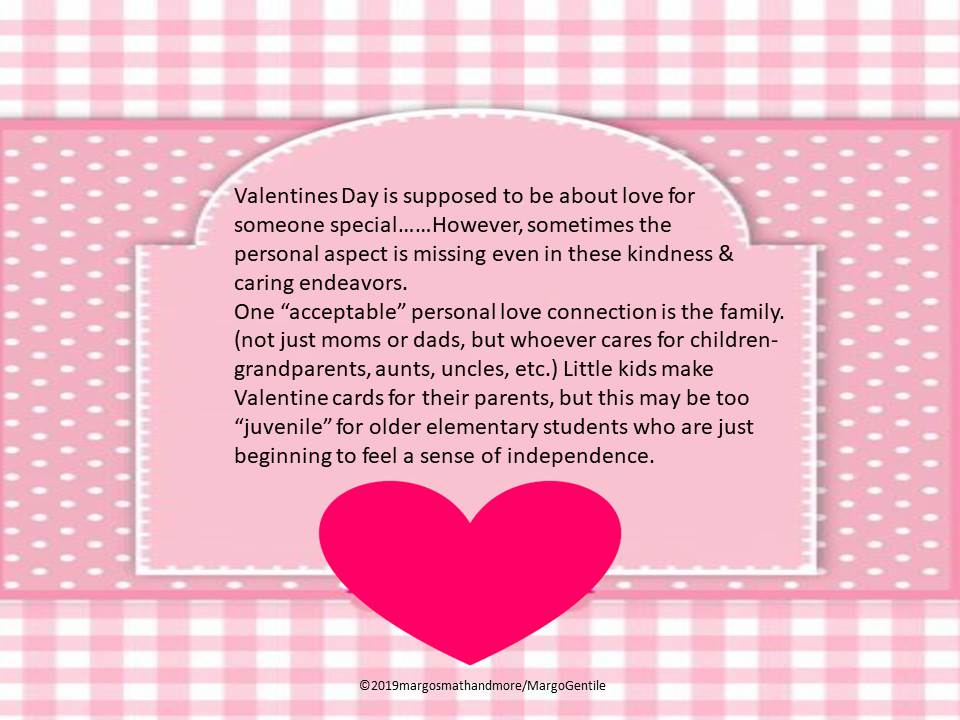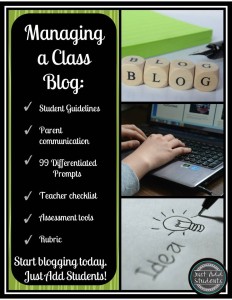Close Reading Made Simple
Why Close Reading?
So what happens when students can’t access the grade-level text in your class? With the extreme diversity of students in any given classroom this is a given. If you have not jumped on the “Close Reading” Bandwagon it is not too late! Even though education goes through trends like the fashion industry, close reading is here to stay. It is not just for the English-Language Arts teacher either. Social studies, science, and math are using this technique too. With the increased rigor that is expected in the CCSS and the new science standards it is impossible for teachers not to utilize this valuable tool. So how do you do it? There are tons of resources available for all content areas and levels of educators; however, I like to keep it simple. Regardless of what grade level the students are at I like to tell them that if they are going to underline or highlight something that they must make an annotation in the margins.
Why are they highlighting it?
I model on a simple piece of text and give them examples that they can easily relate to. We all know that students love to highlight 3/4 of the text and then they get to the end and can’t tell you one thing that the text was about. That is because they are so busy highlighting everything in pretty colors that they fail to retain anything that they are reading. Another way to circumvent this is to chunk the text for them. I always have students number the paragraphs of the text so it is easy to reference back to when answering text-dependent questions. Close reading is not something that should be done with a really long piece of text. It fails to become effective after 3-4 pages. It becomes really effective when used with 1-2 pages of text. The next step I have students do is write a one-sentence summary after each paragraph. This helps develop their synthesizing and analysis skills. For students that are at the lower grade levels, or for students that need differentiation I give them sentence frames to summarize.
Emojis-Why not?
Teachers all have a different view on doodling and making pictures on packets. I say…”Why NOT?” Some students that are not going to be good at summarizing or analyzing the text might be successful by using Emojis to help them annotate the text. Students that struggle with reading might increase their comprehension if they highlighted or underlined the text and added an emoji in the margins to help them remember what is important. For example, using a lightbulb for a main idea in a paragraph will allow those students that love to draw and doodle a constructive outlet when they are closely reading a text. If it is a detail that excites them then have them put a smily emoji. Students love Emojis! Have them funnel their creative abilities into their close reading techniques. This will help those students remain engaged while allowing them to use their skills in a constructive way. It may also help decrease the amount of doodling that takes place on your tables and/or desks!
Keeping Gifted Students Engaged
To ensure that you are meeting all levels of learners in your classroom, including those at the highest level, have students create their own system of annotating text! This allows them to develop a system that make sense to them and keep them challenged and engaged. The bonus part of this strategy is that sometimes they come up with a system that can be used by other classmates. Students never cease to amaze me their ability to create concepts that never occur to me. It has to do with their developing minds! I have had students explain the most complex details to another students in a simple way that helps them understand. Their method of communicating the concept never occurred to me but it works more effectively than the method I was using. This is also the miracle of teaching!
In Summary
In my opinion, there is not a “right” or “wrong” way to do close reading. Don’t get caught up in the idea of right and wrong. I tell my students that it is a personalize experience that needs to make sense to them. As long as they are reading the text more than once, and reading it for a different purpose that forces them to dig deeper into the text it is fine. You might be surprise on the creative ways that the students come up with to deeply interact with the text. I often find myself taking away different bits of information that did not occur to me during the first read. Rereading is a gift that needs to be shared with your students. They deserve to understand text on a deeper level in order to enjoy it! Remember that the work that you do is priceless and you are appreciated! Don’t forgot to leave your comments! I enjoy reading them!














 with the world.
with the world.